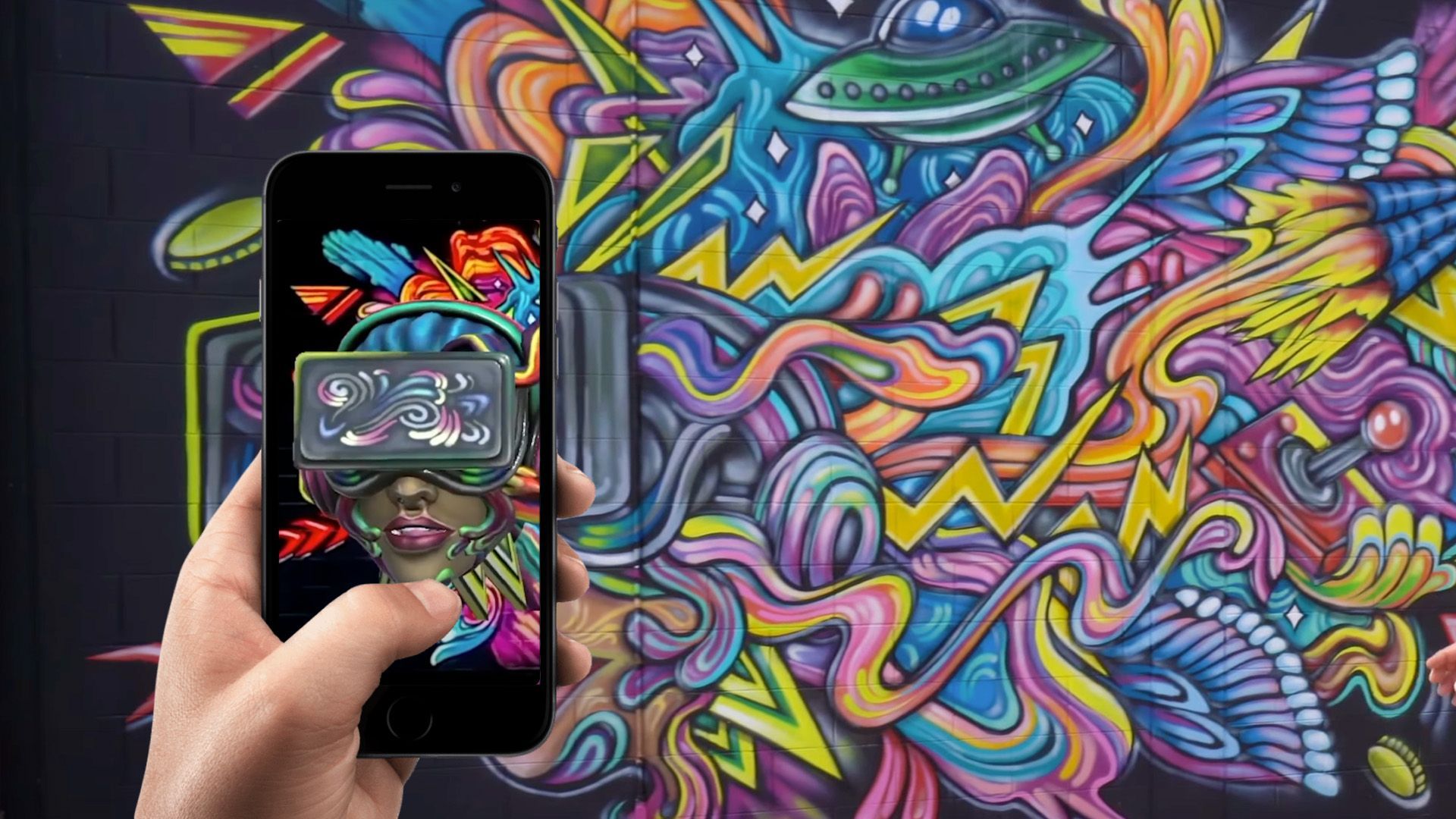The Art of AI: How GANs Are Redefining Image Generation
Artificial Intelligence (AI) has changed the game in many industries, and one of the most popular applications is image generation. Generative Adversarial Networks (GANs) are leading the way in this exciting field. These clever algorithms can create incredibly realistic images from scratch.
Understanding GANs: The Basics
At their core, GANs are a type of neural network architecture composed of two competing models: the generator and the discriminator. The generator model creates fake data (like images) while the discriminator evaluates them against real data. This adversarial relationship pushes both models to improve, resulting in the generation of increasingly high-quality images.
The GAN architecture is a brilliant setup where the generator tries to fool the discriminator, and the discriminator tries to detect the generator's fakes. This constant back-and-forth is what makes GANs so powerful and effective at image generation.
The GAN Training Process
Training a GAN is a delicate and complex training process. It involves feeding the GAN with a vast training dataset of images, which serves as the training data for both the generator and discriminator. The goal is to enable the generator to produce images indistinguishable from the real ones in the dataset.
During GAN training, the generator creates images, which the discriminator evaluates. The performance of both models is assessed using a loss function, which measures how well the generator fools the discriminator and how accurately the discriminator can detect fakes. This function guides the adjustments in the models' parameters during the training.
One critical aspect of training GANs is effectively training the generator. The generator must learn to produce images that are not only realistic but also diverse. This requires careful tuning of the models and the training parameters to avoid common pitfalls like mode collapse, where the generator produces limited varieties of images despite the diversity in the training data.
Advances in GAN Technology
Since their inception, GANs have seen significant advancements. One notable development is the introduction of Deep Convolutional GANs (DCGANs). These models incorporate convolution layers into the GAN architecture, allowing the network to more effectively capture spatial hierarchies in images. Using convolution layers enhances the generator's ability to produce detailed and coherent images.
Another critical component in GANs is the activation function, which introduces non-linearity into the neural networks. Proper selection and implementation of activation functions are essential for the convergence and performance of GANs, impacting the quality of the generated images.
Challenges in GAN Training
Despite their power, GANs are notoriously difficult to train. One of the main challenges is mode collapse, where the generator gets stuck producing a narrow set of outputs. This issue arises when the generator finds a few samples that can consistently fool the discriminator, leading to a lack of diversity in the generated images.
Ensuring the generator produces a wide variety of images requires a carefully designed training process and sometimes innovative solutions, such as modifying the loss function or introducing regularization techniques.
The Impact and Applications of GANs
GANs have pushed the boundaries of what's possible in AI-generated imagery and have found practical applications across various fields. They can generate sample images for data augmentation, create realistic gaming and virtual reality models, and even assist in medical imaging by generating high-quality images from limited data.
GANs' ability to produce high-resolution images has been a game-changer. Artists and designers can now leverage GANs to explore new creative avenues, generating images that are intricate and realistic. This capability is one of the reasons why GANs have gained significant attention in both the academic and commercial sectors.
The Future of Image Generation with GANs
As GAN technology evolves, we can expect even more impressive developments in image generation. The ongoing research aims to address challenges in GAN training and expand their applications. With improvements in computational power and algorithms, GANs are set to become even more integral in art, entertainment, and beyond.
Conclusion
Generative Adversarial Networks (GANs) are a fantastic innovation in the world of artificial intelligence and image creation! They use the power of neural networks and some clever training techniques to open up exciting possibilities for generating high-quality, realistic images.
While there may be some challenges along the way, like training issues and mode collapse, the progress being made in GAN technology is truly inspiring. The art of AI isn't just about making images; it's about reimagining creativity and expanding our imagination. As GANs continue to improve, they're sure to play a big part in the future of digital art and what we can create.
TALK TO A PRO
We're here to bring your brand to life!
Stay Connected with BrandXR
Create Augmented Reality for Free!
Create, Publish, and Measure 3D Augmented Reality Experiences Without Having to Code.














